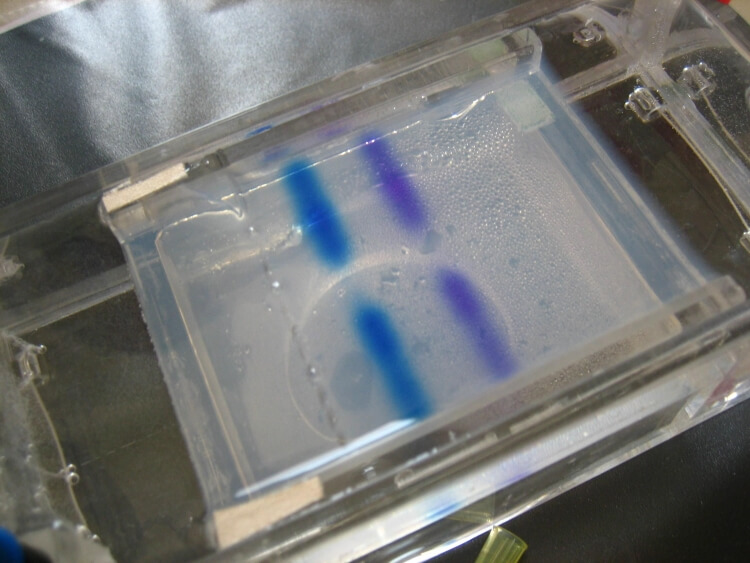2358
Human Formyl Peptide Receptor 2 (FPR2) ELISA Kit
Human Formyl Peptide Receptor 2 (FPR2) ELISA Kit
P25090
sandwich
12 months
0.057ng/mL
0.156-10ng/mL
Homo sapiens human
ELISA Enzyme-linked immunosorbent assays Code 90320007 SNOMED
tissue homogenates, cell lysates and other biological fluids.
This product is available in other size, contact us for more information
LXA4R,FPRL1,RFP,ALXR,FMLP-R-II,FMLPX,FPR2A,FPRH1,FPRH2,HM63,LRLP,N-Formyl Peptide Receptor 2,Lipoxin A4 Receptor Like Protein,FMLP-related receptor I
E05 478 566 350 170 or Enzyme-Linked Immunosorbent Assays,E05 478 566 350 170 or Enzyme-Linked Immunosorbent Assays,Human proteins, cDNA and human recombinants are used in human reactive ELISA kits and to produce anti-human mono and polyclonal antibodies. Modern humans (Homo sapiens, primarily ssp. Homo sapiens sapiens). Depending on the epitopes used human ELISA kits can be cross reactive to many other species. Mainly analyzed are human serum, plasma, urine, saliva, human cell culture supernatants and biological samples.
Peptides short amino acid chains or epitopes or blocking antagonists. The shortest peptides are dipeptides, consisting of 2 amino acids joined by a single peptide bond, followed by tripeptides, tetra peptides, ... till polypeptides that are long, continuous, and unbranched synthetic peptide chains. These biological oligomers and polymers can be Solid-phase peptide synthesis (SPPS), or in continue produced for custom peptide synthesis projects. The High-efficiency solid phase peptide synthesis (HE-SPPS) is give very low production costs.The receptors are ligand binding factors of type 1, 2 or 3 and protein-molecules that receive chemical-signals from outside a cell. When such chemical-signals couple or bind to a receptor, they cause some form of cellular/tissue-response, e.g. a change in the electrical-activity of a cell. In this sense, am olfactory receptor is a protein-molecule that recognizes and responds to endogenous-chemical signals, chemokinesor cytokines e.g. an acetylcholine-receptor recognizes and responds to its endogenous-ligand, acetylcholine. However, sometimes in pharmacology, the term is also used to include other proteins that are drug-targets, such as enzymes, transporters and ion-channels.
